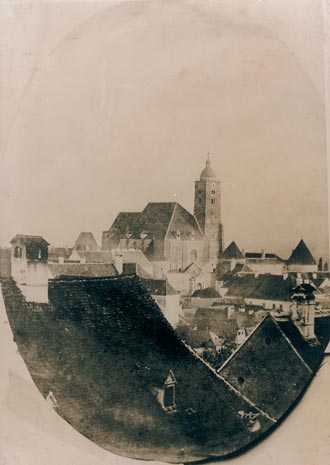Permanent Display 12. The Building of the Cathedral
 Zagreb Cathedral is the most important monument not only in the history of Zagreb but in that of the whole of northern Croatia. It reflects the many architectural styles that followed one another over the centuries in this part of Europe.
Zagreb Cathedral is the most important monument not only in the history of Zagreb but in that of the whole of northern Croatia. It reflects the many architectural styles that followed one another over the centuries in this part of Europe.
On the site of a smaller church built during the rule of King Ladislas, a large three-naved Romanesque cathedral was erected in the 12th century. It was razed to the ground by the Tatars in 1242. A few years later, Bishop Stephen II had a chapel built - that of St. Stephen Protomartyr, which still survives as part of the Episcopal Palace.
The building of a large three-naved Gothic cathedral with a vestry was begun and almost completed under Bishop Timothy in the 13th century. The cathedral was originally dedicated to St. Stephen, the veneration of whom was gradually overshadowed by that of the Assumption of the Virgin Mary, to which the church was later officially dedicated.
In the late Middle Ages, the naves were completed and vaulted; unfortunately, the construction of the two towers on the main front was never completed. The threat of an Ottoman invasion temporarily stopped the building of the cathedral, because the erection of defence walls and towers around the cathedral was then a priority.
 Bishop Osvald Thuz (1466-1499) made great efforts to finish the building of the cathedral, but this was accomplished to a large extent by his successor Luka Baratin around the year 1510.
Bishop Osvald Thuz (1466-1499) made great efforts to finish the building of the cathedral, but this was accomplished to a large extent by his successor Luka Baratin around the year 1510.
When the Turks retreated, only one of the planned two towers was built (1636 -1646). At In 1640, Bishop Benedikt Vinković commissioned the main portal of the cathedral and that gave the old cathedral its final appearance. Zagreb Cathedral was built and embellished through many centuries as circumstances permitted, thus reflecting the stormy history of the Croatian people.
Slavko Šterk

